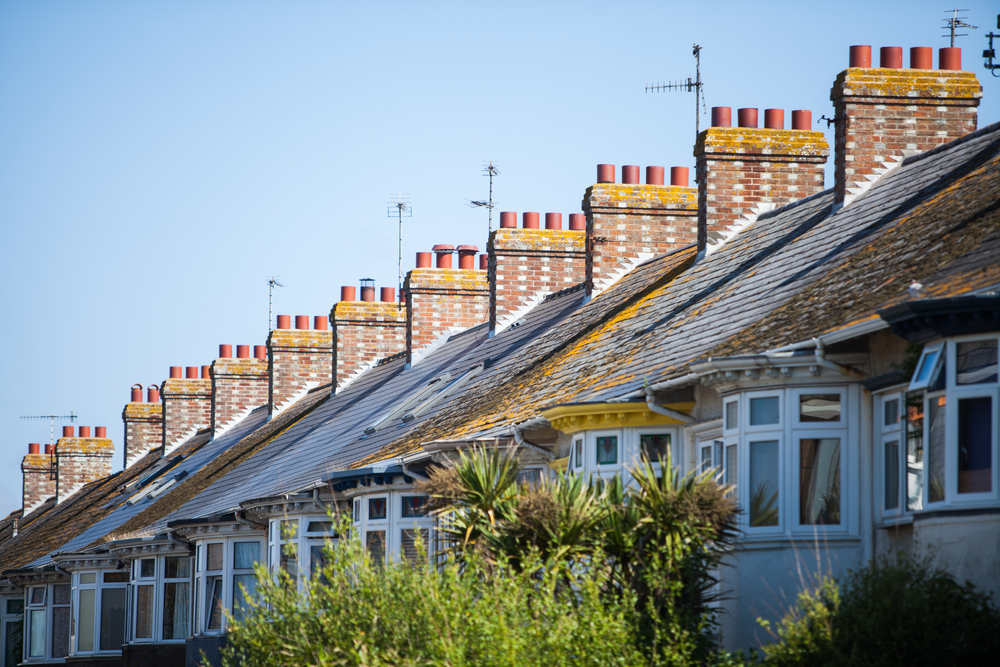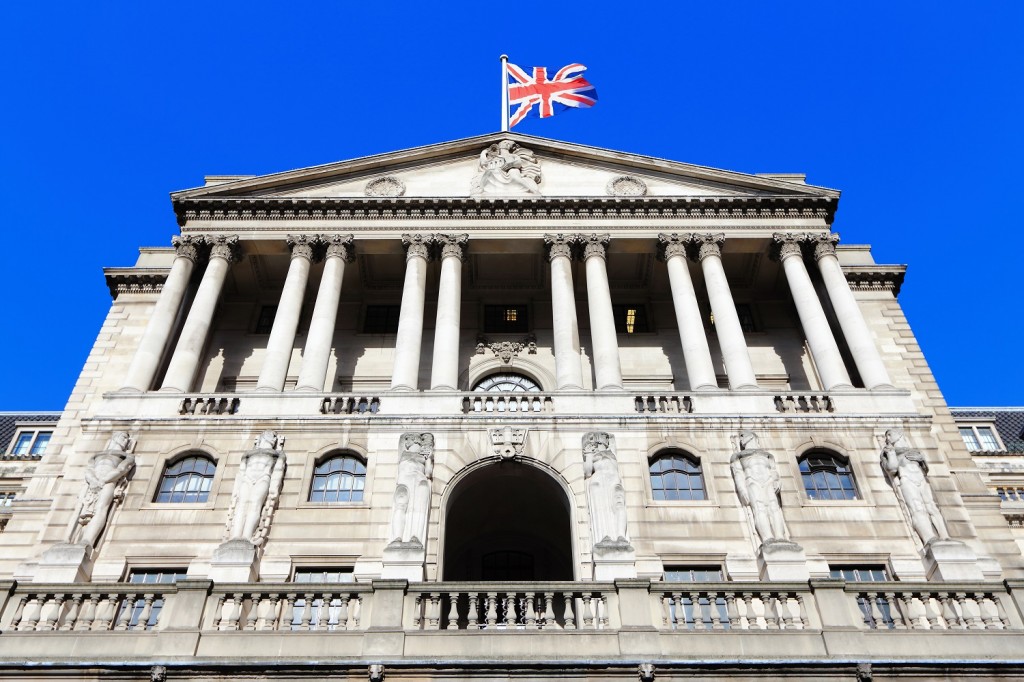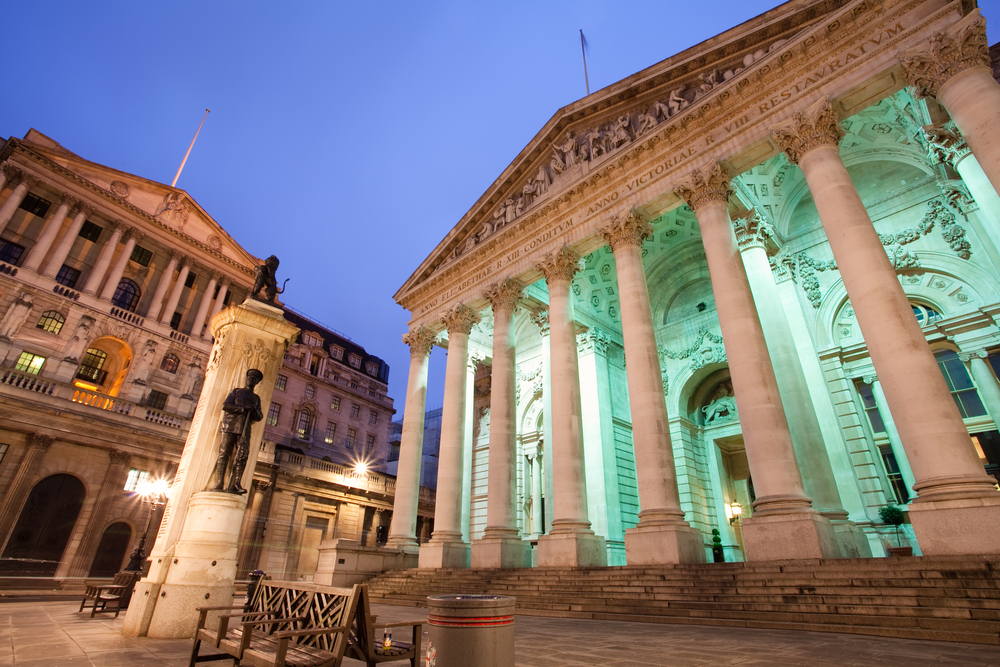
The data published by HM Land Registry also revealed a leap in UK house prices of 2.7% between May and June and the index valued the average property at £237,834.
This compared to a 0.4% increase during the same period in 2019. The index also revealed the estimated number of transactions of residential properties with a value of £40,000 or more was 61,780 which was 37.4% lower than a year ago.
However, the number of transactions between May and June increased by 28.4%.
This is only the third time Land Registry has published its index since May after the decision was made to suspend it because of the impact Covid-19 had played on the reporting of data.
It paints a picture of the property market as it began its recovery following the closure during lockdown but before the stamp duty holiday was announced.
This latest report showed house price growth was strongest in England where prices increased by 3.5% over the year to June 2020.
The highest annual growth within the English regions was in the East Midlands where average house prices grew by 4.5%. The lowest annual growth was in the North East, where prices increased by 1.7% over the year to June 2020.
Demand for more space
Anna Clare Harper, author of Strategic Property Investing, said: “Housing market performance in June feels like distant history but tells an interesting tale based on changing tastes and preferences.
“The data reflects the easing of lockdown with a substantial increase in pricing of 3.4% in the year to June. Within this, growth was greatest for terraced and semi-detached properties, with flats rising just 0.9%. This is unsurprising: qualitative and quantitative data point towards people wanting more space, particularly outside.”
Resilience
Meanwhile, Jeremy Leaf, north London estate agent and a former RICS residential chairman, said although the figures were a little historic they highlighted the resilience of the property market and the strength of pent-up demand as the nation recovered from lockdown and before the announcement of the stamp duty holiday.
“This comprehensive survey reflects prices paid for property and so is an indicator of some optimism,” he said.
“We are being told repeatedly that this mini-boom will not continue as the job retention scheme unwinds and unemployment rises but we are not seeing many signs of that on the ground.
“If anything, the market is being more restrained by lender caution and lack of capacity to deal with the number of enquiries rather than demand fizzling out.”



